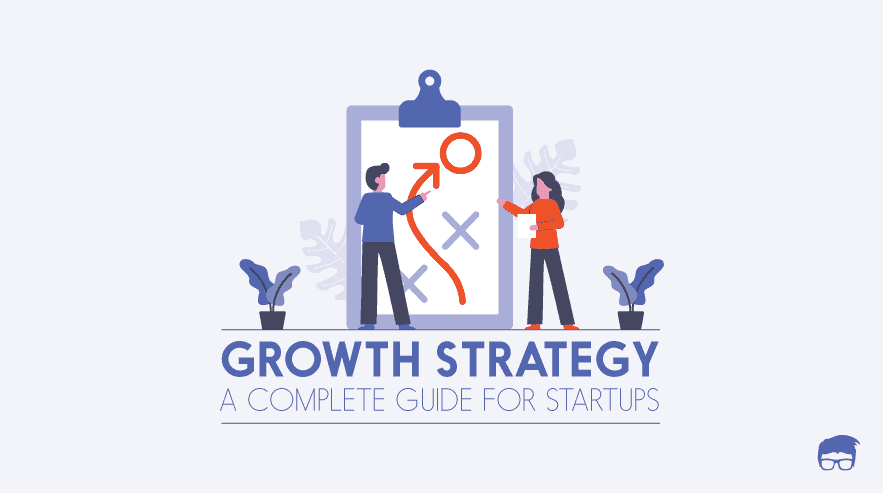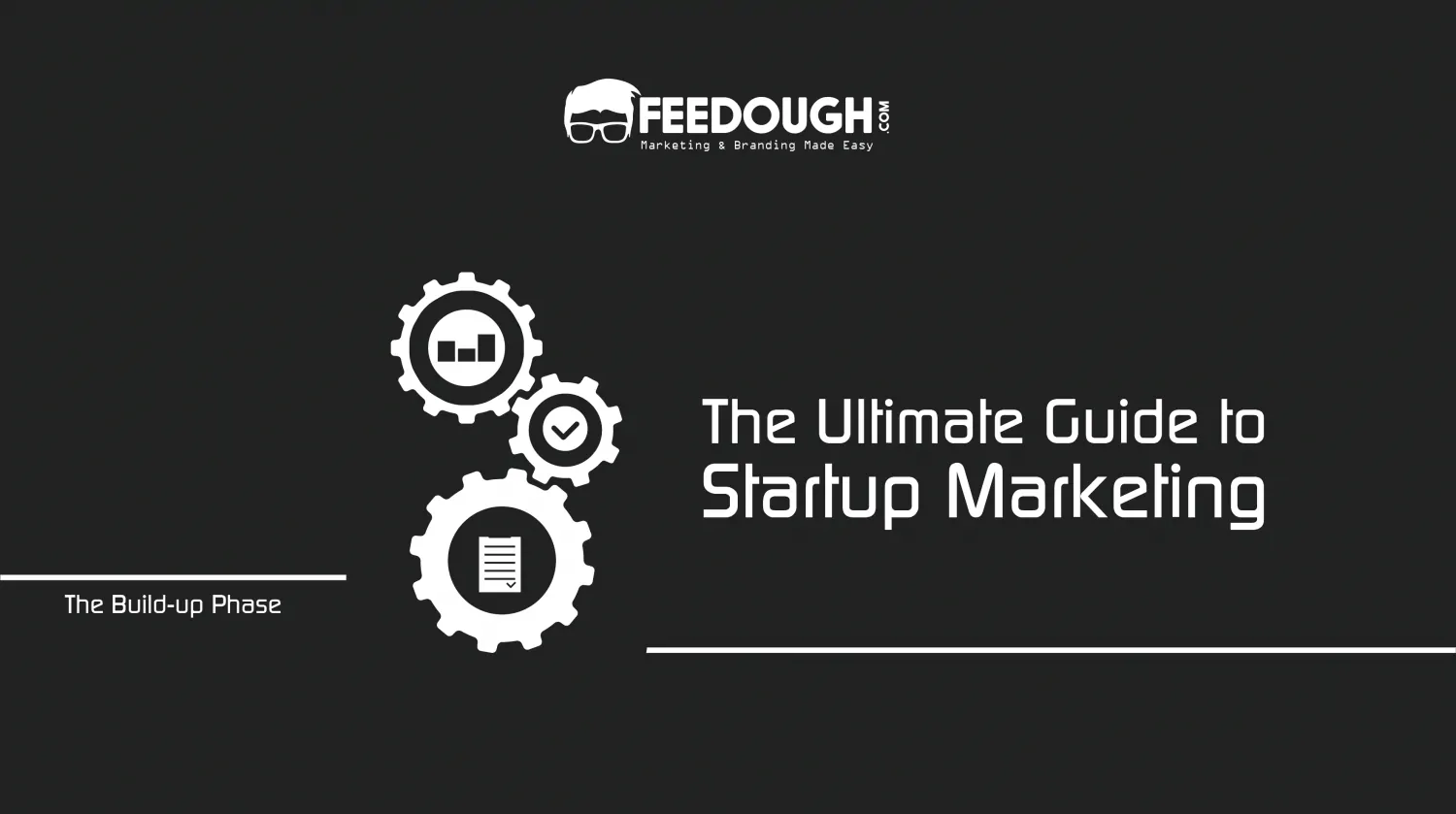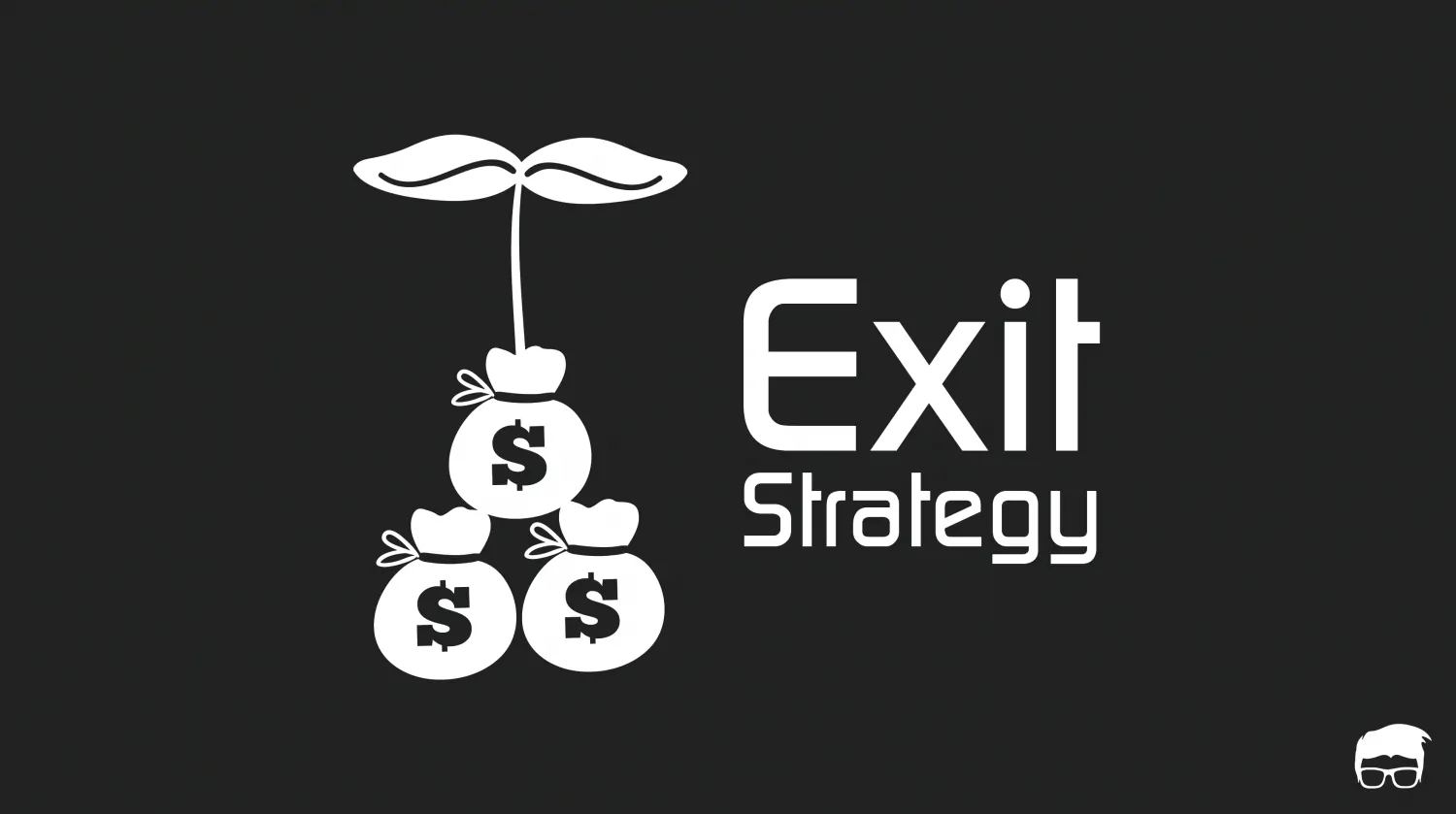Your vision for the startup lies 3 storeys up, but this time, you won’t use the stairs or the elevator to reach the top, you use a ladder.
Yes, a ladder.
Each rung on the ladder signifies a challenge you have to overcome to move on to the next one.
One wrong step, and you’ll have to start over.
Each rung signifies your growth strategy and the ladder altogether is your path to success.
Only a good idea cannot sustain a business in the long run. Without a growth strategy, without a plan, you’re bound to lose your balance.
Did you know?
Only about 50% of businesses survive their fifth year while a mere 30% make it to the ten-year mark.
So, if your startup does not have a growth strategy yet, it’s time to formulate one and this article is here to guide you.
What is a Growth Strategy?
Growth strategy refers to a method adopted by a company to capture a larger share of the market. This strategy sustains the business in the long run and its formulation goes beyond the current market conditions.
Several factors influence the formulation of a growth strategy, as listed below –
- Market conditions
- Target audience and potential or untapped audience
- Existing competition in the market
- Distribution channels
When you climb up that ladder, you need to be very cautious about the steps you take. There will be competitors who’d try to pull you down, hoping you fall. The weather might be windy, it might rain. What would you do then? How will you continue climbing?
Thus, it’s not wise to only focus on the vision. Or even worse, have no vision in mind and climb aimlessly.
However,
Don’t confuse Growth Strategy with Growth Hack:
Growth Strategy vs. Growth Hack
Growth hacks yield massive growth in a short period and are often cheap processes. Growth strategy, on the other hand, is a long-term process that requires testing several approaches to foster growth.
You can majorly distinguish them on the following basis –
- Results: Upon implementation, results for growth strategy are steady and slow. Whereas, for growth hacks, you can see quick results.
- Implementation Speed: Growth strategy is implemented over a long period and through this, small businesses aim to grow their customer base and try different channels.
On the other hand, a growth hack is focussed on growing user base quickly and at a low price by executing a particular technique on a specific channel.
Develop A Growth Strategy For Your Startup
Following are key factors you should be well versed with as you develop a growth strategy for your startup:
- Information on the market through market analysis. This includes understanding –
- Industry
- Audience
- Competition
- Long Term Growth Strategies each of which will be explained in detail, so you can select which strategy best suits your company.
- Growth Milestones form the framework for the execution of selected long-term strategy.
Market Analysis
To get a clear picture of the service that you can offer, you need to understand the audience you seek to serve, the market conditions and services offered by your competitors.
Competitor Analysis and understanding the audience’s demographics give you a clear idea of where you’ll stand if you enter the market.
Often competitors don’t fulfil the consumers’ needs. However, due to a lack of alternative, the consumer has to stick with that product or service.
You can gain an edge here and offer services that your competition doesn’t.
This is what DuckDuckGo did.
With the value proposition “The search engine that doesn’t track you”, DuckDuckGo was competing against Google’s search engine. From its commencement in 2008 to now, it boasts of 30% annual growth.
DuckDuckGo separated itself from the competition early on in terms of privacy that no other search engine had ever offered.
This is an example of how you can serve the repressed demands of the customers.
Apart from this,
Sometimes customers don’t realise that there is a possibility of an alternative. Back in 2009, when Whatsapp was launched, BlackBerry Messenger, SMS, and G-Talk were the few means to exchange virtual messages.
The founders of Whatsapp understood the need of the customers (SMS-like internet messaging to actual phone contacts) and launched an app with the tagline “No Ads! No Games! No Gimmicks!”. Needless to say, they’ve stuck by it ever since.
This is an example of how your startup can become an alternative for people.
So, you see:
It all comes down to your value proposition. How is your startup bettering customers’ lives? What incentive do they have upon consumption of your product or service?
For any startup to succeed, it is important to fully understand the need of the customers and identify areas where your competition lacks.
Competitor analysis can help you ascertain the areas you can better serve and areas you can venture into. That said, your competition can be the cause of your failure if not monitored with caution.
Here’s an example of ShareChat’s Growth Strategy:
When India was already dominated by Whatsapp, Facebook, and Instagram, ShareChat came up with the unique proposition of a social media platform sharing information in vernacular language. ShareChat today boasts 60 million monthly active users.
The app appealed to the customers not because they could share messages but because they could do so in their own language. An idea as simple as this turned ShareChat into a $650 million dollar company. It successfully made the customers realise its value and created a need for the application.
Long Term Growth Strategies
Once you’re through with market analysis and have a clear idea of the product or service you offer, the biggest task is to decide which long-term growth strategy you’ll adopt.
So, let’s look at some realistic strategies for startups along with examples of growth strategies.
Network Effect
The Network Effect simply means that a product or service increases in value as more people use it.
There are six forces that usually contribute to the network effect:
Buyer-to-Seller Cross Side | Buyer Same Side |
Direct-to-buyer | Seller-to-Buyer Cross Side |
Seller Same Side | Direct-to-Seller |
You can understand them with the help of the following examples:
- Buyer-to-seller cross side: “You should list your place on Airbnb. I want to rent it”.
- Buyer same side: “Don’t list your place on XYZ website. List it on Airbnb. It’s trustworthy”.
- Direct-to-buyer: Airbnb advertisement asking people to book their stays through Airbnb.
- Seller-to-buyer cross side: “I’ve listed my place on Airbnb. You can make your reservation now”.
- Seller same side: “I listed my place on Airbnb. You should too”.
- Direct-to-seller: Airbnb advertisement aimed at asking sellers to rent their place at Airbnb and make easy money.
Consider the example of Segment.
Segment has used the network model to increase its users. The company models the aforementioned six growth channels and assigns quantitative metrics to them.
Segment uses this model to make data-informed decisions and identifies which channel to invest in, to maximise profit.
You too, can choose your primary market segment as a specialised market niche and plan for gradual expansion intro the market through building a network.
However,
To convince your users to refer the product/service offered by your company, you should:
- Provide good customer service
- Define your value proposition
- Ensure your system can handle the growth
Remember:
Network effect evolves positively for a startup if its users derive both inherent value and network value upon consuming and referring the product.
In-Person Approach
The in-person strategy refers to increasing awareness of the brand and its usage by contacting prospective customers in person.
Tinder’s clever strategy is best to explain this approach.
Tinder targeted specific demographics and successfully took over the online dating scene. Initially, to grow its user base Tinder organised social events, gatherings, and parties for college students where only those people who had installed the application were allowed.
They also took to college campuses and very quickly the application gained popularity. Users understood its value as summarised in the following points –
- Free and easy-to-use interface
- Hassle-free sign up
- Tangible opportunity to meet people in person
There were hardly any players in the field of online dating and Tinder became the online dating solution.
There is a lot to learn from Tinder’s growth strategy. They give users complete control over who they wish to talk to and offer a very realistic experience.
Free Product Strategy
As you might have guessed by the name, you can get all key stakeholders to try your product through this strategy.
Clearbit, a marketing data engine, exploited this strategy so much that it was their single biggest traffic driver.
How they did it?
Clearbit launched a logo API where a company could directly design their logo. They prioritised instant gratification and soon, drove over 60,000-page views in their first week.
It was a valuable tool given away for free which helped generate insane brand awareness.
Matt Sornson, CMO at Clearbit, stated that free giveaway of their service led to a surprising amount of inbound from large enterprise customers.
This method is especially useful for highly technical or SaaS products.
Referral Bonus Strategy
The aim of this strategy is to incentivise the customers for the company’s growth.
PayPal got its early users through this strategy.
The company got its early users to refer them to others and gave them money to do so. The bonus was set at $20 for signups.
Naturally, word spread and users grew quickly. And as they grew, signup bonuses were reduced to $10 and then $5.
This was highly effective for PayPal as the referral program helped them grow to 5 million daily users and the company now has an active user base of 305 million.
We can conclude that, although this strategy requires high capital investment in the beginning, the returns are commendable if executed after proper research.
Growth Milestones
Once you have selected the growth strategy for your startup, it is time for you to share your vision with your teammates.
Break down the long-term strategy into defined annual and quarterly plans.
Strategic annual and quarterly plans will help you:
- Divide tasks amongst team members
- Hold each person accountable
- Reinforce the vision
- Empower each team member
- Improve decision making
Strategic plans will force your team to consciously take into account the internal and external factors affecting the business.
Establishing KPIs also support and influence business objectives. They demonstrate how effectively you are working toward the set goals.
Ask yourself what targets you should fulfil to achieve success.
Final Thoughts
So now that you’re ready with your product:
You can create a network of people including your friends and family and ask them to test it first. Their feedback can help you ascertain areas of improvement and also help you make assumptions about the target audience.
No matter which industry you’re in, the climb to the top will never be easy. It is thus important to not lose sight of your vision and continue climbing, one rung at a time.
Go On, Tell Us What You Think!
Did we miss something? Come on! Tell us what you think of our article on growth strategy for startups in the comments section.
An entrepreneur with a background in management, looking for opportunities to learn and grow every day.







![What Is A Sales Plan? How To Create One? [+ Free Template] sales plan](https://www.feedough.com/wp-content/uploads/2019/04/sales-plan.webp)

